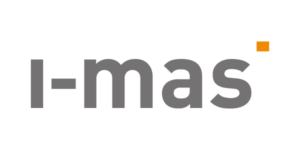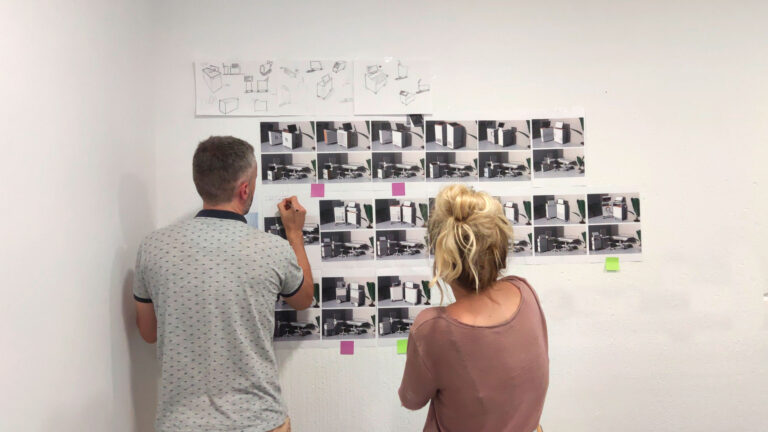Product design is a discipline that is constantly evolving, and the growing influence of technological advancements is transforming designers’ approach to creating new products. The future of innovation in industrial design will be guided by the various trends that emerge over the years.
This discipline focuses on the creation of innovative products and solutions for society. The accelerated evolution of technology and digital transformation have significantly impacted the field of industrial design, and are expected to continue doing so in the future.
In this article, we discuss the five main trends in product design and development that, according to experts, will consolidate in the coming years.
Key trends in product design
Trends in product design emerge as a result of changes in the sector and emerging needs in society. As a key sector in the industry, product design interprets and evolves to shape or reinterpret market demands. Currently, experts identify several relevant trends, which we detail below:
User-centered design
User-centered design is a trend that is gaining significant momentum and importance. Consumers expect products to meet their needs and desires, so designers must focus on understanding how users interact with products. User-centered product design involves conducting thorough research to understand customer needs and then providing solutions that meet those needs.
Functionality (or multifunctionality)
Multifunctionality is one of the primary innovations in product design and is becoming increasingly popular. Quality and functionality are currently two of the most important aspects for consumers; therefore, professionals capable of designing multifunctional products will have assured success.
Design of smart products
The design of smart products is a growing trend in industrial design. Advancements in technology, such as artificial intelligence and sensors, allow products to adapt to the individual needs of users. Smart products can monitor their usage and provide useful real-time information.
Furthermore, it is expected that smart products will continue to evolve and offer even more personalized and adaptive solutions in the future.
Sustainable Design
Sustainable design is another trend expected to continue in the future. Consumers are increasingly concerned about the environmental impact of the products they purchase and demand that companies be responsible in this regard. Sustainable design involves the use of materials and manufacturing processes that are more environmentally friendly, as well as the creation of products with a longer lifespan and easier recyclability.
Additive manufacturing or 3D printing
Additive manufacturing, also known as 3D printing, is a rising technology in industrial design. Additive manufacturing enables the creation of prototypes and final products more quickly and at a lower cost than traditional manufacturing methods. What was once a novel and innovative technology is now ubiquitous, solving complex problems across industries on various scales. Furthermore, additive manufacturing is expected to continue evolving and become a key tool in creating innovative products in the future.
Circular product design
Circular product design is another trend expected to consolidate in the future. Circular product design focuses on creating products that can be reused or recycled at the end of their life cycle. This involves the use of recyclable materials and the creation of designs that allow for easy disassembly and repair. It is expected that circular products will become increasingly common in the future, as consumers become more aware of the environmental impact of the products they purchase and the values that characterize the companies they support.
In conclusion, industrial design is in constant evolution and driven by the rapid transformation of significant technological advances in the industry. Industrial design trends are oriented towards greater functionality, offering better solutions to the needs of different productive sectors.




